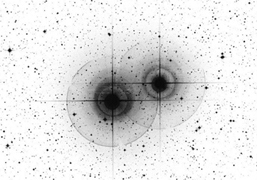

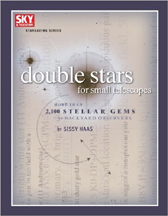
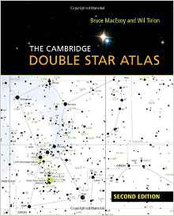
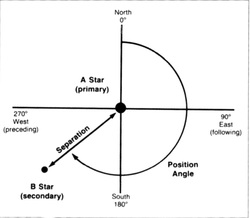
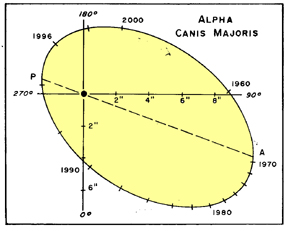
On the left side of the webpage is my personal observation list.
There are thousands of Double Stars accessable to the amateur astronomer with even only modest telescope equipment.
I currently have observed only 23 Double Stars visible from my Pittsburgh, PA latitude of around +40.
(I've seen a lot more, but never recorded them)
Now I better get busy observing!
Hope you enjoyed the visit. Come again soon!
Larry McHenry, Pittsburgh, PA. USA
Astronomical Webportal: